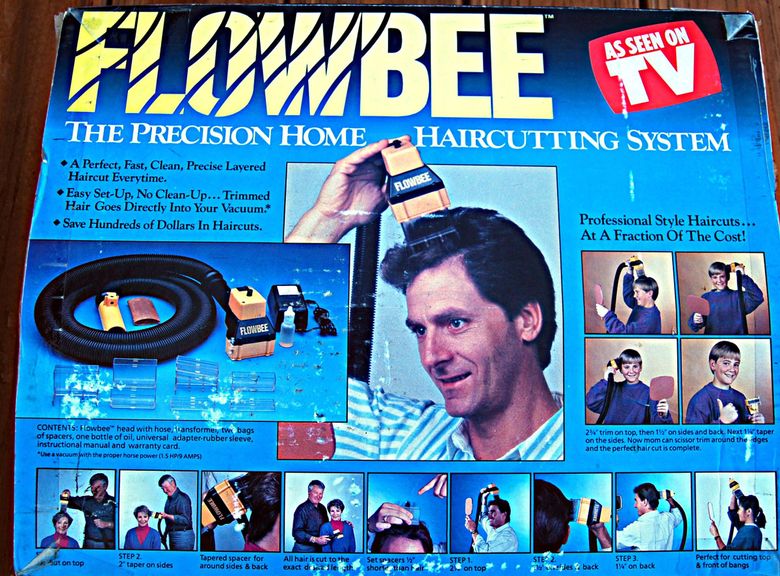That would be really sweet! Like ball golf's Iron Mike (aka Iron Byron) was used to test clubs and balls....this could be used as you say to standardize flight numbers. Set it up so it "throws" perfectly flat....have a straight line drawn on the ground/floor and "throw" the disc along that line. How much it moves off the line would set the turn and fade numbers. Only issue is that discs are thrown at different speeds....so what do you determine first?
I think you would want to determine a set actual speed for each flight number speed. Like 40 mph is the 'sweet spot' for all 7 speed discs. Then you could throw all 7 speeds at that mph value and see how the disc flies when thrown perfectly flat....that would then determine the other three numbers.
One time I saw (on this site and others) a formula where you could take the speed of the disc multiply it by something and that would give you the speed it should be thrown at. That could be used to test discs. I've also seen one where originally Innova's disc speeds were set by the width of the rim.
But, the bottom line is there are so many variables, you would need to determine a starting point for speed. Then test at that speed to get the rest of the values.
